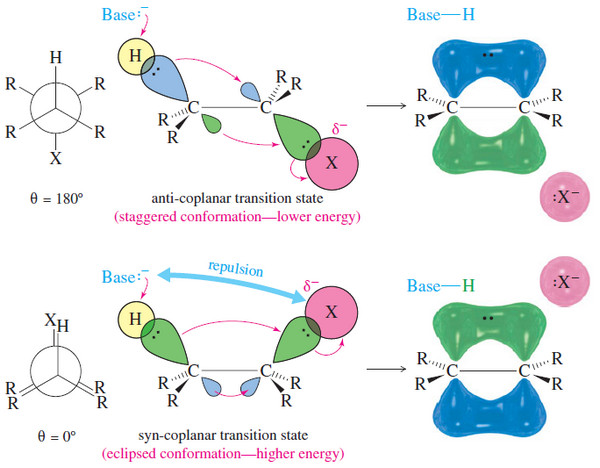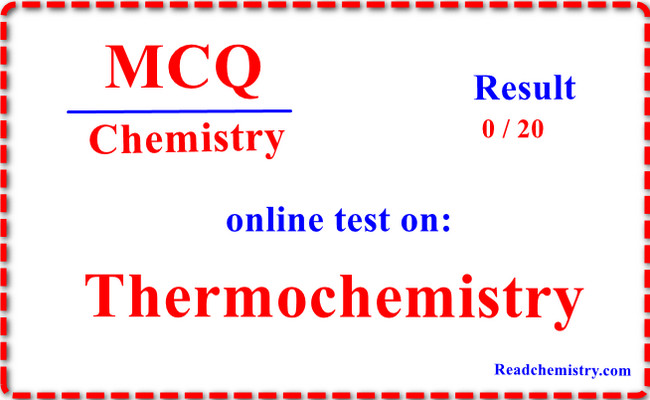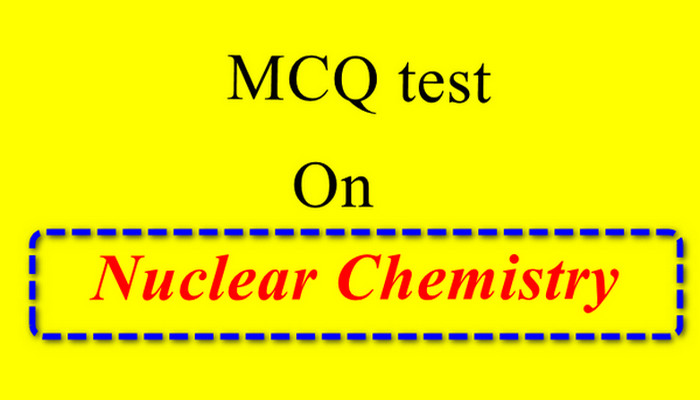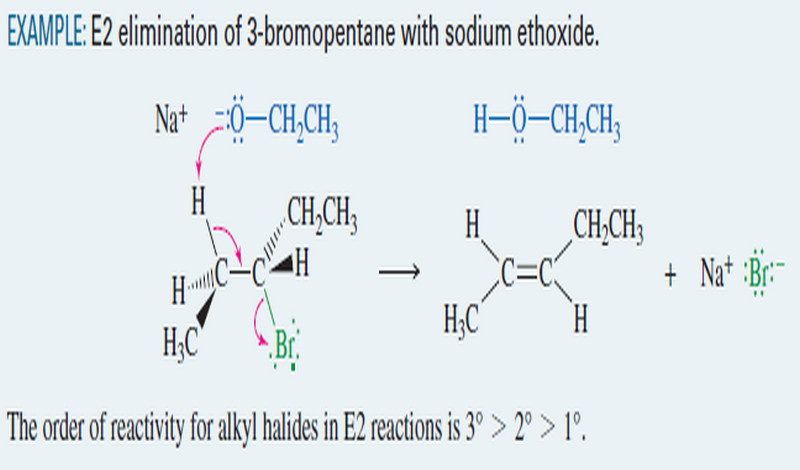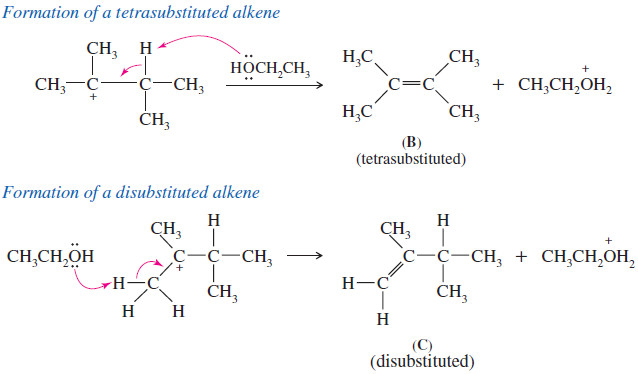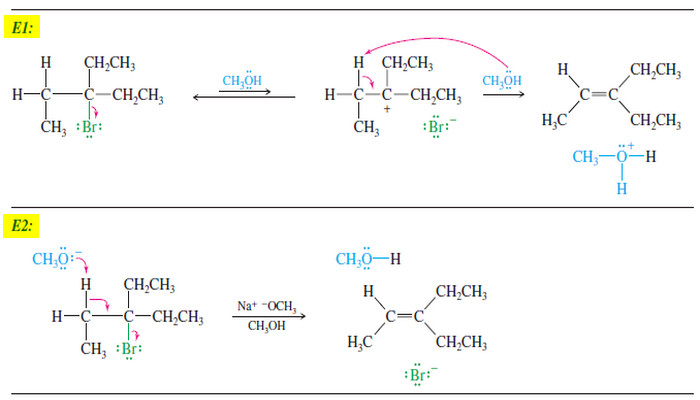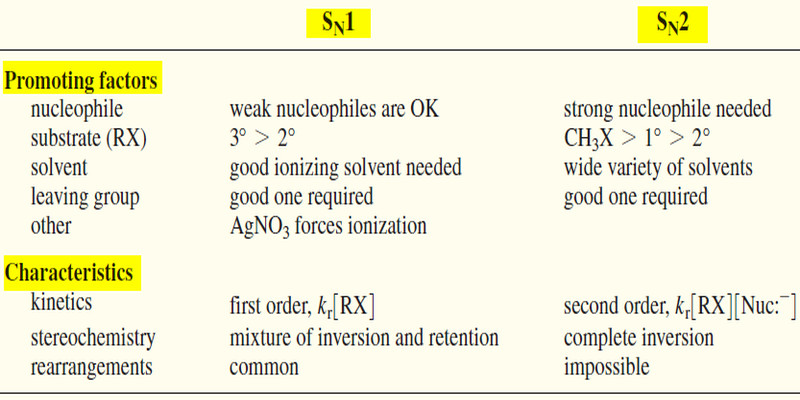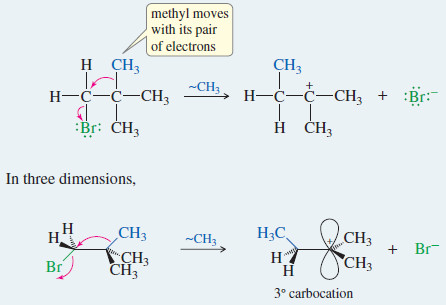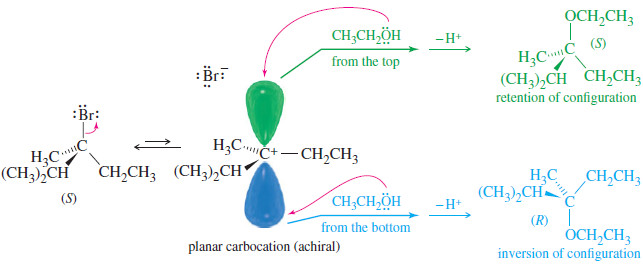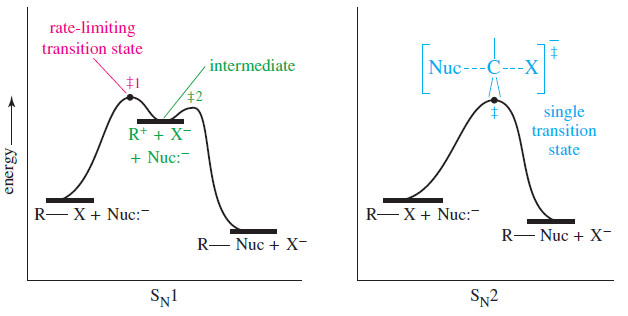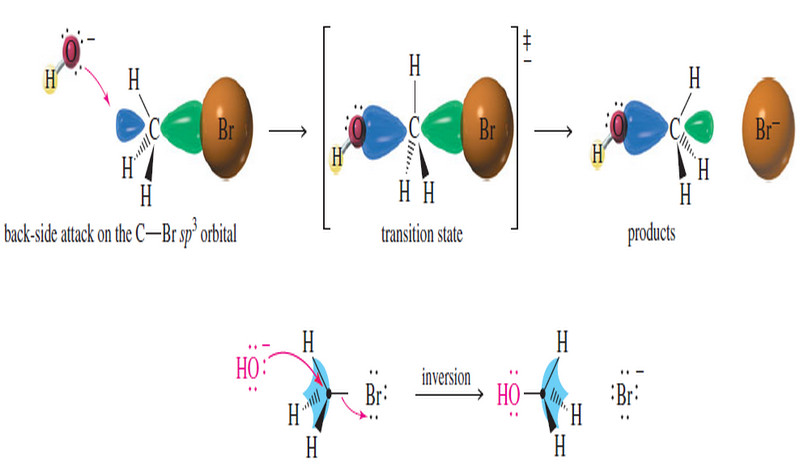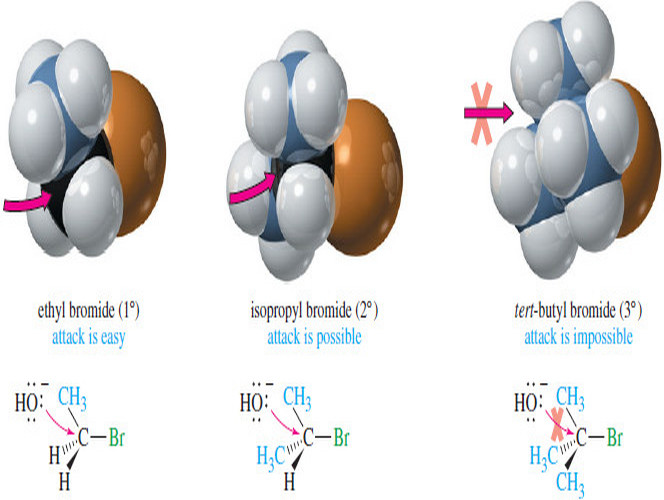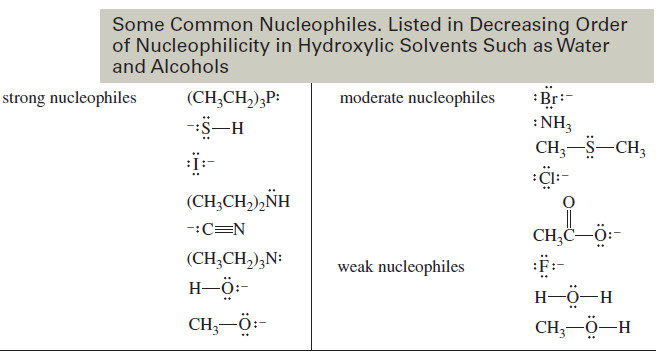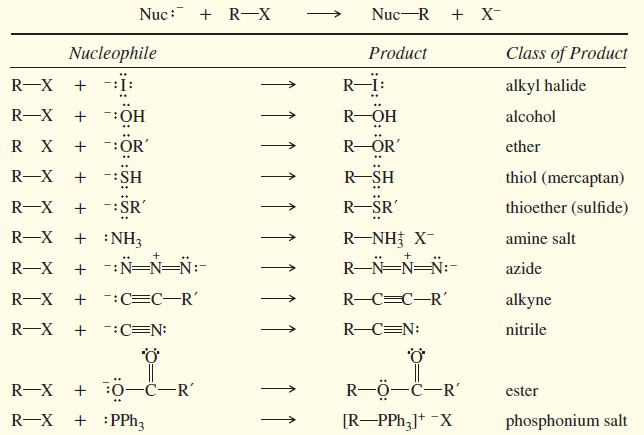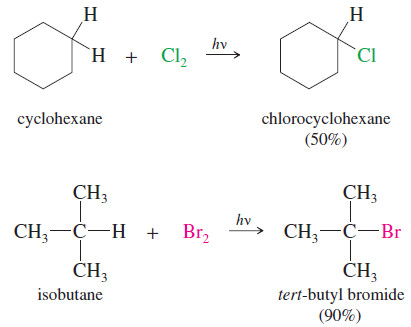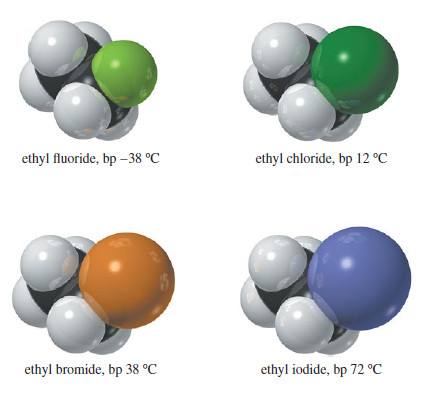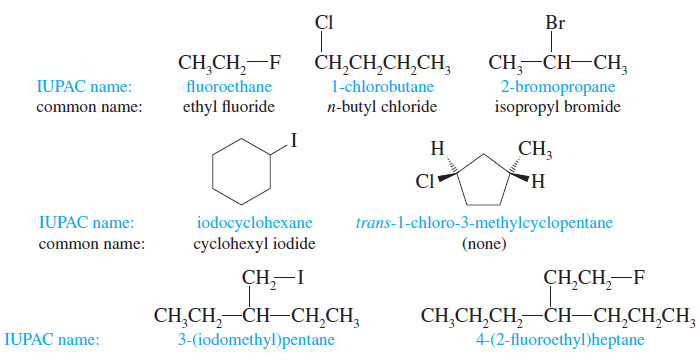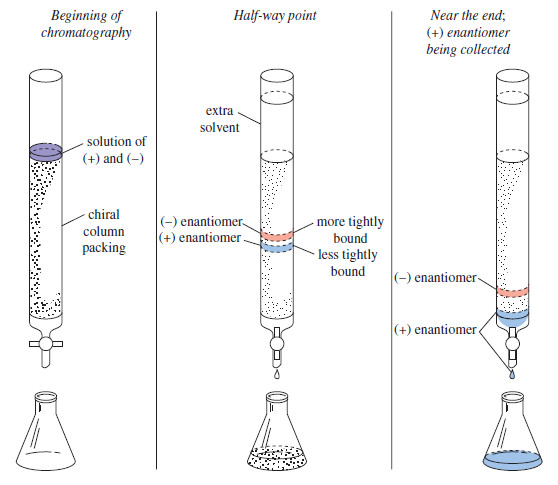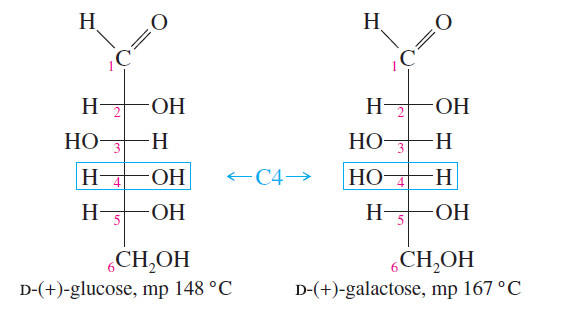-
Organic Chemistry
Stereochemistry of the E2 Reaction
Stereochemistry of the E2 Reaction – In this subject Stereochemistry of the E2 Reaction will be discussed – Like the…
Read More » -
Online MCQ
Thermochemistry – online MCQ test
Online MCQ test on Thermochemistry – In this topic we offer you, online MCQ test in the fundmental of Thermochemistry.…
Read More » -
Online MCQ
Nuclear Chemistry – online MCQ test
Online MCQ test in Nuclear Chemistry – In this topic we offer you, online MCQ test in the fundmental of…
Read More » -
Organic Chemistry
E2 Reaction : Second-Order Elimination
Second-Order Elimination: The E2 Reaction – Eliminations can also take place under second-order conditions with a strong base present. –…
Read More » -
Organic Chemistry
Zaitsev’s Rule : Positional Orientation of Elimination
Positional Orientation of Elimination: Zaitsev’s Rule – In this subject , Positional Orientation of Elimination: Zaitsev’s Rule will be discussed…
Read More » -
Organic Chemistry
E1 Reaction : First-Order Elimination
First-Order Elimination : The E1 Reaction – An elimination involves the loss of two atoms or groups from the substrate,…
Read More » -
Organic Chemistry
Comparison of SN1 and SN2 Reactions
Comparison of SN1 and SN2 Reactions Let’s compare what we know about the SN1 and SN2 Reactions and reactions, the…
Read More » -
Organic Chemistry
Rearrangements in the SN1 Reactions
Rearrangements in the SN1 Reactions – Carbocations frequently undergo structural changes, called rearrangements, to form more stable ions. – A…
Read More » -
Organic Chemistry
Stereochemistry of the SN1 Reactions
Stereochemistry of the SN1 Reaction – The SN2 reaction is stereospecific: the nucleophile attacks from the back side of the…
Read More » -
Organic Chemistry
SN1 Reaction – Nucleophilic Substitution reaction
SN1 Reaction: First-Order Nucleophilic Substitution – When tert-butyl bromide is placed in boiling methanol, methyl tert butyl ether can be…
Read More » -
Organic Chemistry
Stereochemistry of the SN2 Reaction
Stereochemistry of the SN2 Reaction – As we have seen, the reaction SN2 requires attack by a nucleophile on the…
Read More » -
Organic Chemistry
Reactivity of the Substrate in SN2 Reactions
Reactivity of the Substrate in SN2 Reactions – We will often refer to the alkyl halide as the substrate: literally,…
Read More » -
Organic Chemistry
Factors Affecting SN2 Reactions: Strength of the Nucleophile
Factors Affecting SN2 Reactions: Strength of the Nucleophile – we will discuss Factors Affecting SN2 Reactions especially Strength of the…
Read More » -
Organic Chemistry
SN2 reaction of Alkyl halides
In this subject Second-Order Nucleophilic Substitution: The SN2 Reaction of Alkyl halides will be discussed Reactions of Alkyl Halides: Substitution…
Read More » -
Organic Chemistry
Preparation of alkyl halides
Preparation of alkyl halides – Most Methods of preparation of alkyl halides exploit the chemistry of functional groups we have…
Read More » -
Organic Chemistry
Physical Properties of Alkyl Halides
Physical Properties of Alkyl Halides will be discussed such as dipole moment, London force, Dipole–dipole attractions, densities of common alkyl…
Read More » -
Organic Chemistry
Nomenclature of Alkyl Halides
Introduction to Alkyl Halides – In this subject , we consider Nomenclature of alkyl halides. – Our study of organic…
Read More » -
Organic Chemistry
Essential terms in Stereochemistry
Essential terms in Stereochemistry stereochemistry – stereochemistry is The study of the three-dimensional structure of molecules. – It is the…
Read More » -
Organic Chemistry
Resolution of Enantiomers
Resolution of Enantiomers – Pure enantiomers of optically active compounds are often obtained by isolation from biological sources. – Most…
Read More » -
Organic Chemistry
Physical Properties of Diastereomers
What is Diastereomers? – We have defined stereoisomers as isomers whose atoms are bonded together in the same order but…
Read More »

